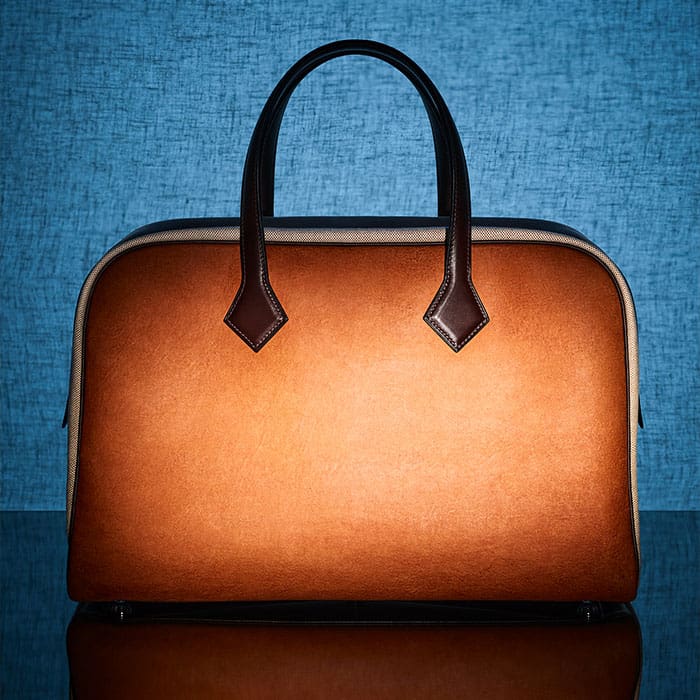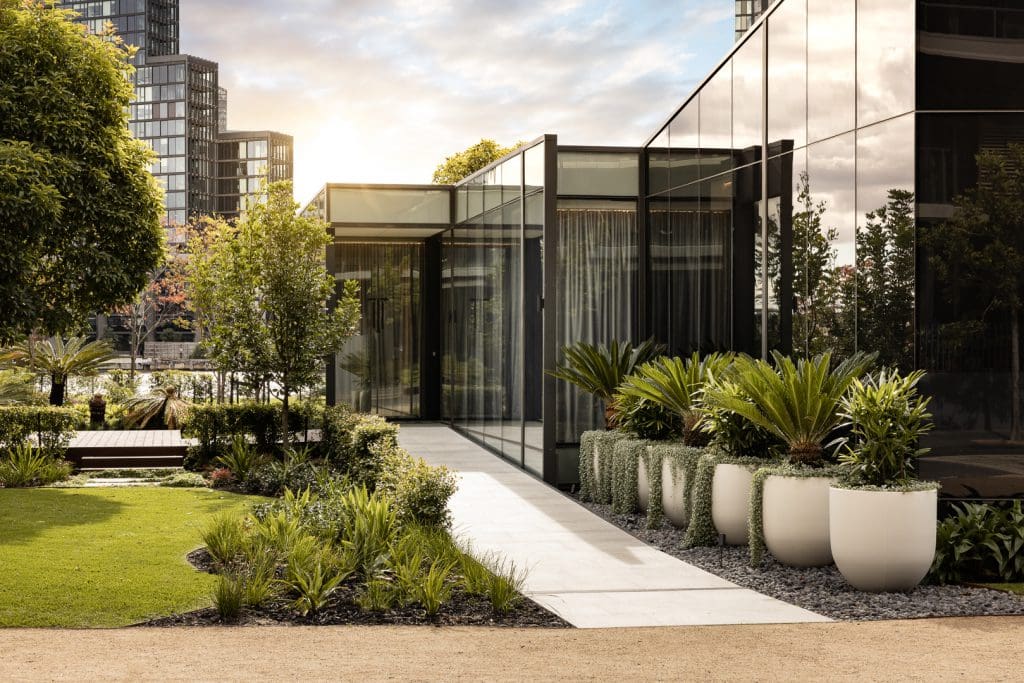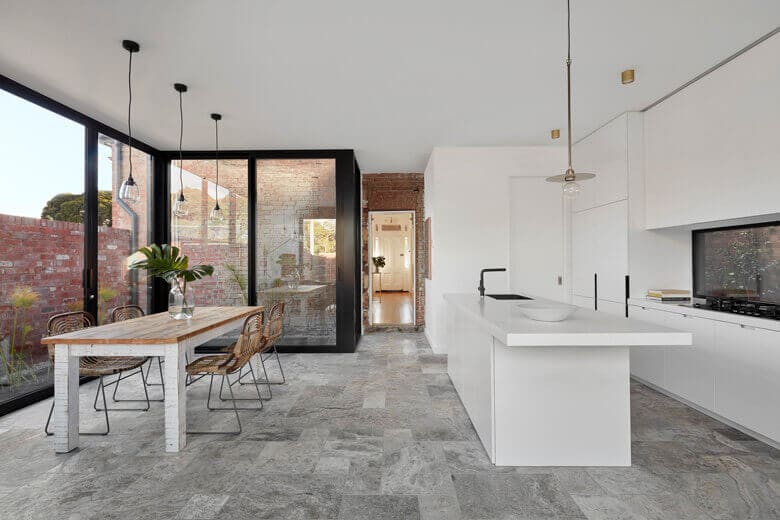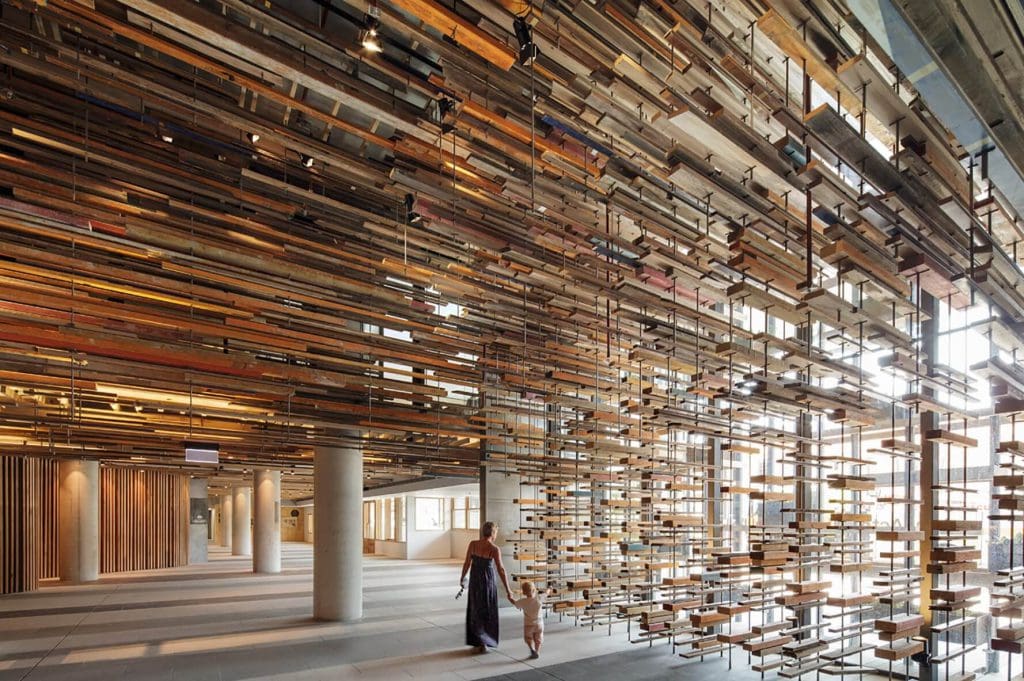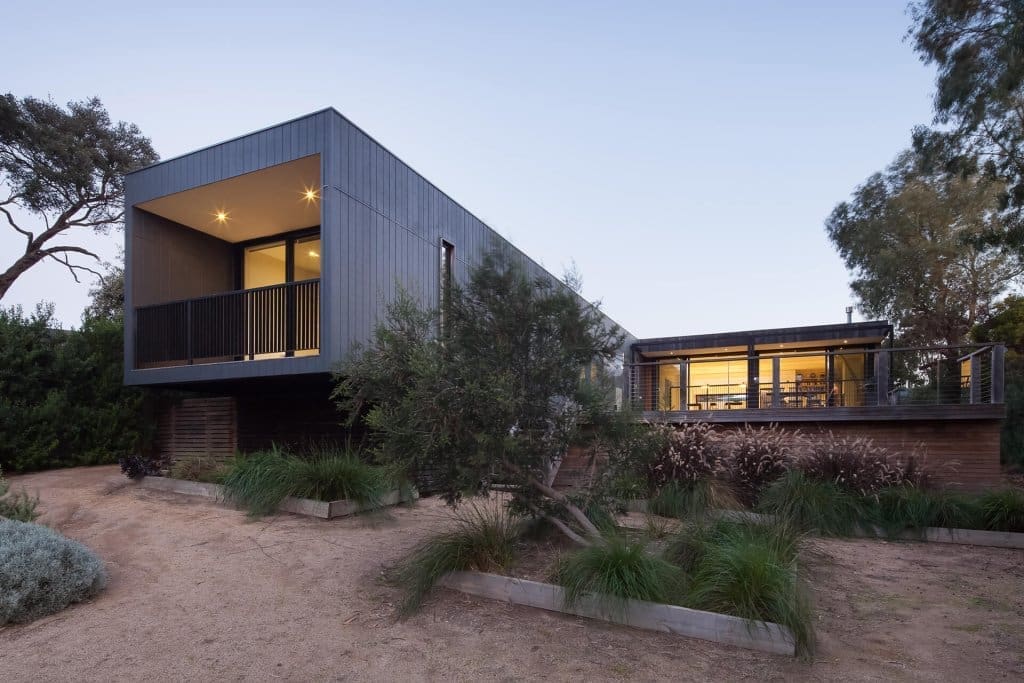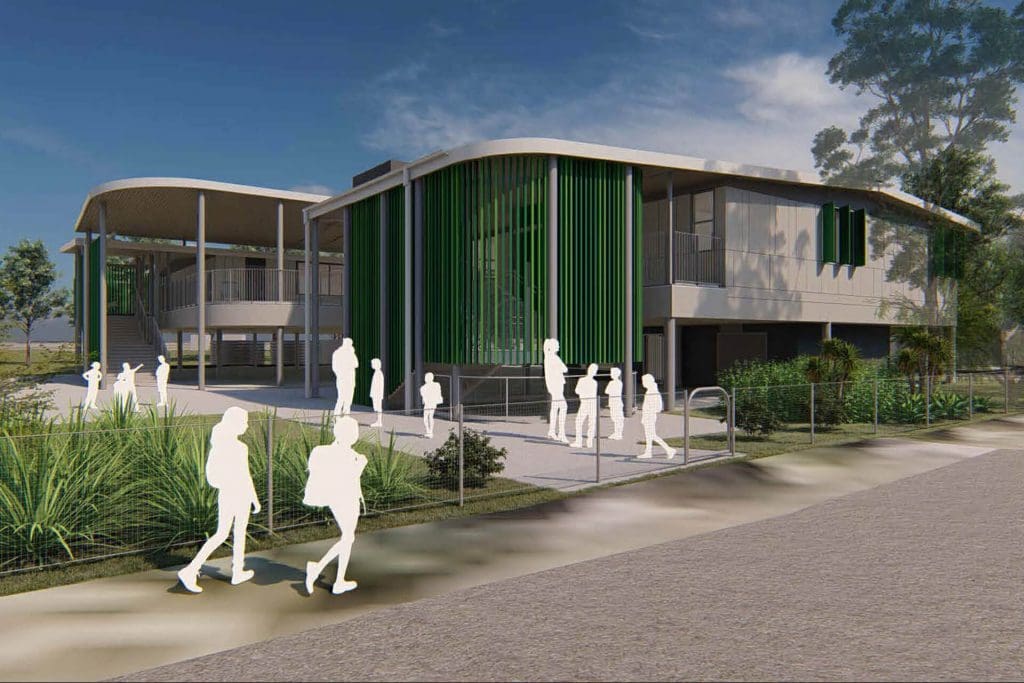From The Forest Floor To Fashion: The Power Of Fungi In Creating Sustainable Materials

Striving to be sustainable and environmentally conscious sometimes means looking at unexpected alternatives to products or components. It’s a delicate balance – striking the middle ground between a product that will carry out its intended use and yet be gentle on the planet once it has served its purpose.
Many companies are now looking to mushrooms, or rather, fungi for its unique properties. Mycelium is the mass of branched fibres making up a fungus – it is a safe, strong, and biodegradable material with a wide range of uses. However, unlike plastics and other synthetic materials – which can take hundreds of years to decompose – mycelium-based products naturally degrade after their intended product cycle.
Mycelium can be used to make building materials fire-resistant, stronger, and lighter. In some cases, it can even be used as a bonding agent for building materials, such as brick.
There are many case studies where Mycelium has been used in various ways to create building components. For example, in 2014, The Living Embodied Computation Lab, commissioned by Princeton University, created a building called the Hy-Fy in Queens, New York. Low-valued crop waste (such as corn husks) was obtained from farmers, then combined with specially-formulated mycelium and packed into moulds the shape of bricks. Over several days, the mixed material self-assembled into a lightweight solid object. Overall, 10,000 compostable bricks were created that were then constructed into a 13-meter-tall tower. At the end of the 3-month project, the team disassembled the structure and composted the bricks, giving the resulting soil to local community gardens. A full circle project, returning the waste back to the land in a usable – and useful – state.
It can also be used in the fashion industry to mimic the look, texture, and utility of leather – a concept recently picked up by Hermès to use as an alternative to leather in their luxury bags, and a move supported by their elite clientele. Hermès worked with biotechnology company MycoWorks, whose patented product – Fine Mycelium™ – is the first biomaterial that matches the strength, hand feel and durability of cowhide—the gold standard for leather.
Just like it’s leather counterparts, it is then tanned and finished in France by the Hermès tanners to further refine its strength and durability and shaped in the workshops by the Hermès craftspeople.
The future is only growing greener with Mycelium’s seemingly limitless possibilities to provide alternatives in a multitude of industries. At Modscape, we’re always keeping our ear to the ground looking for ways to make our practice more sustainable, so we’ll be keeping a very close eye on Mycelium developments in the building industry over the next few years!
Phil Ross MycoWorks“Growing the future has only just started. This industry will continue to surprise people”
